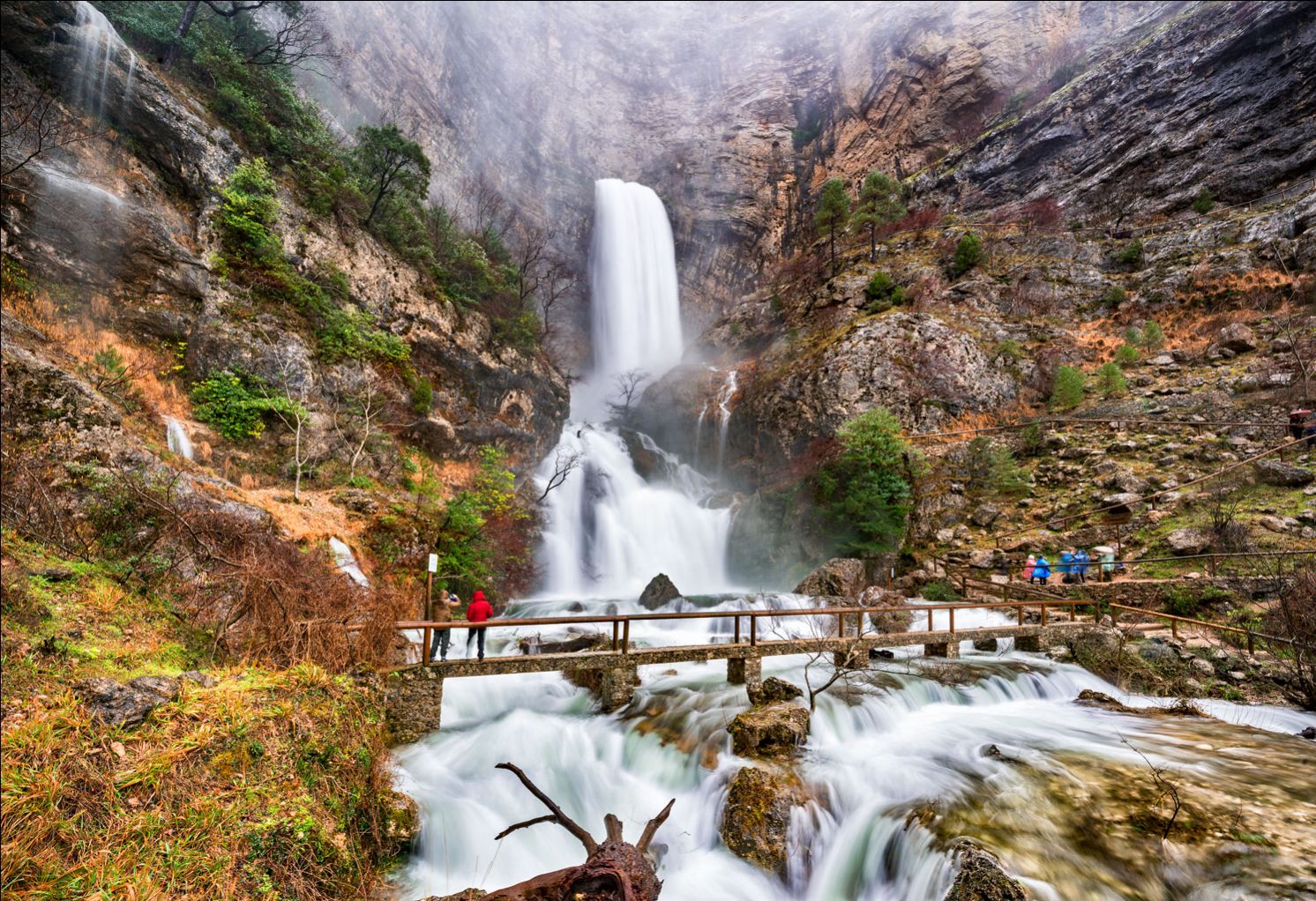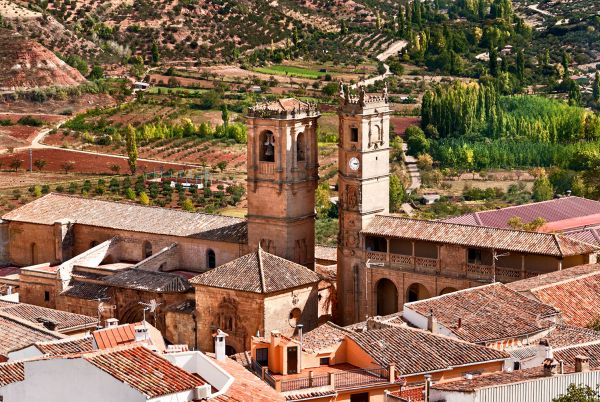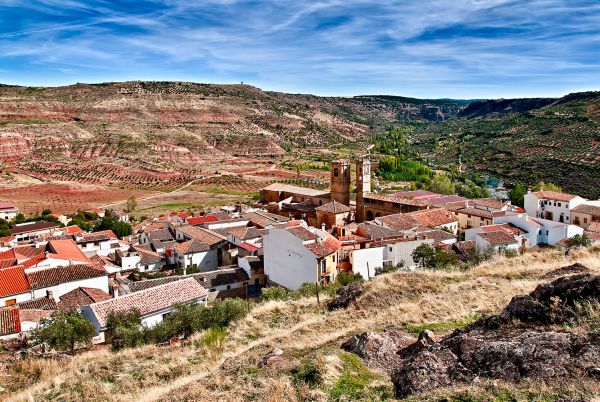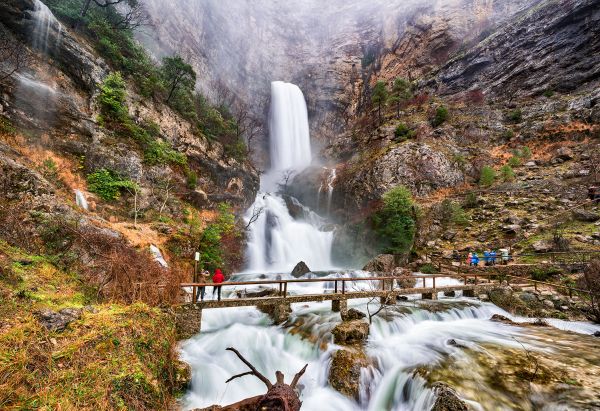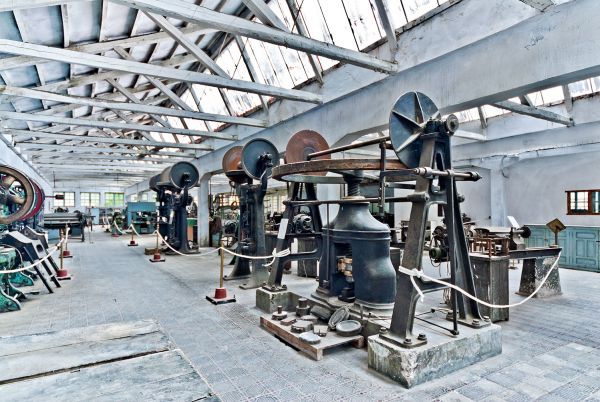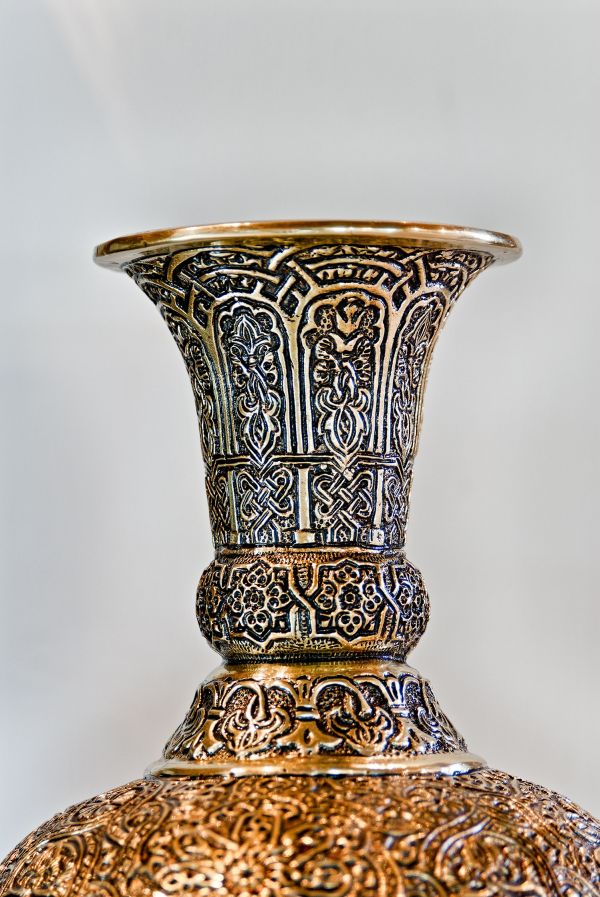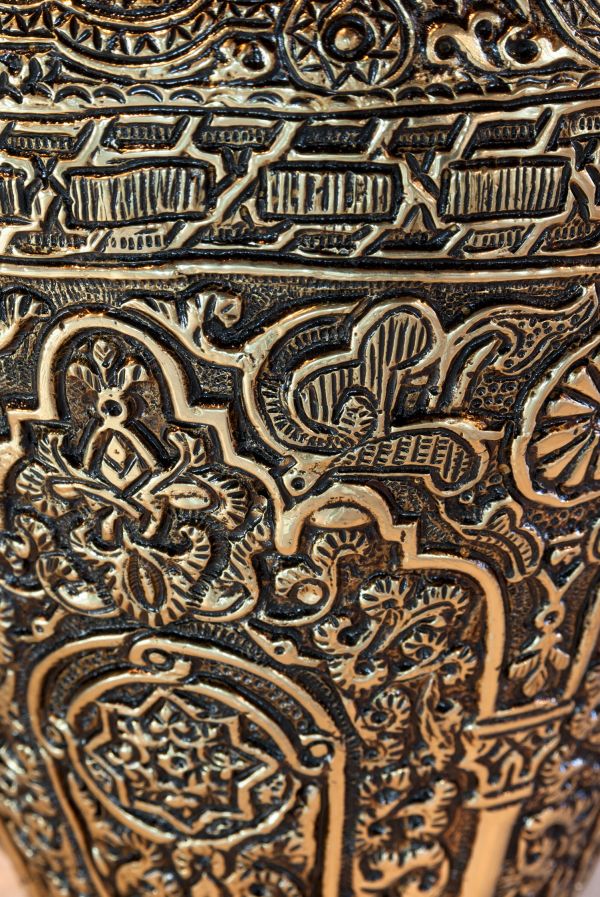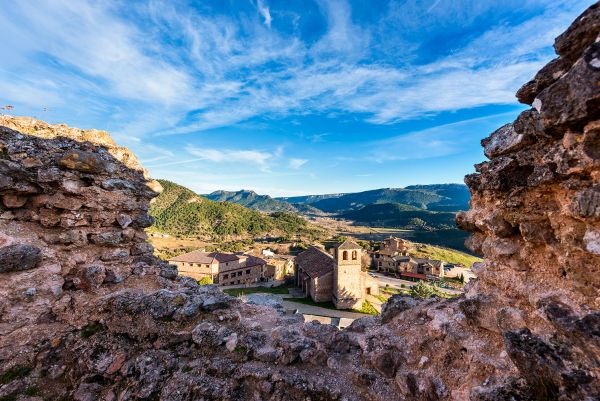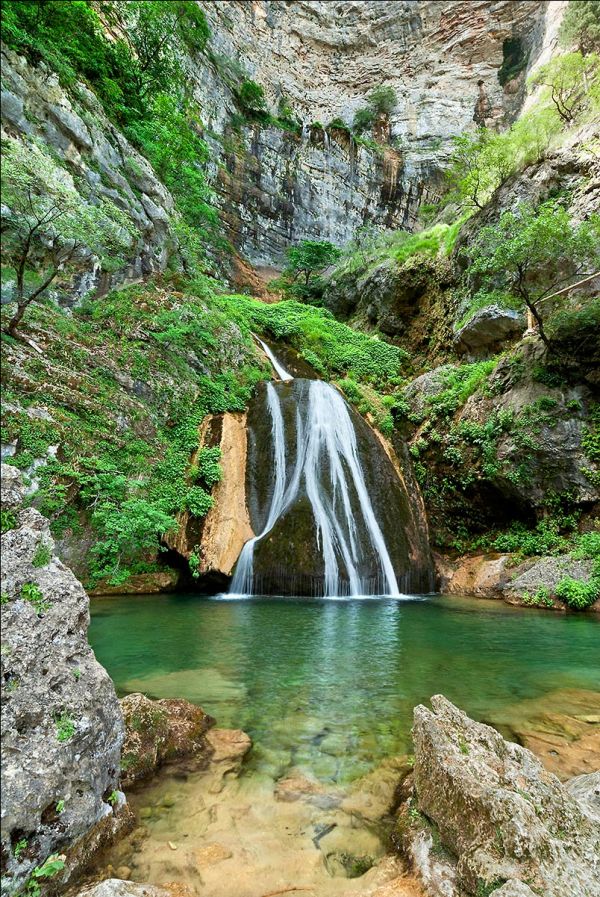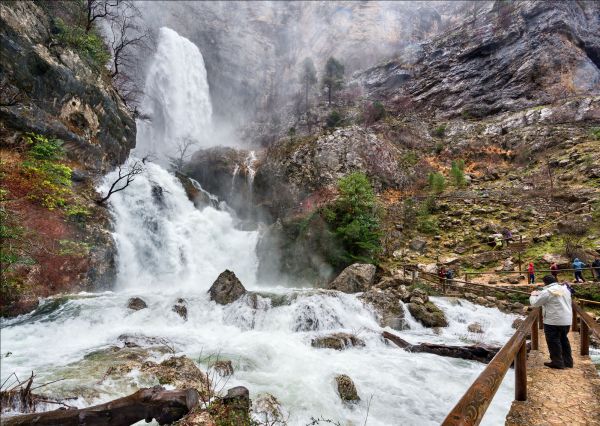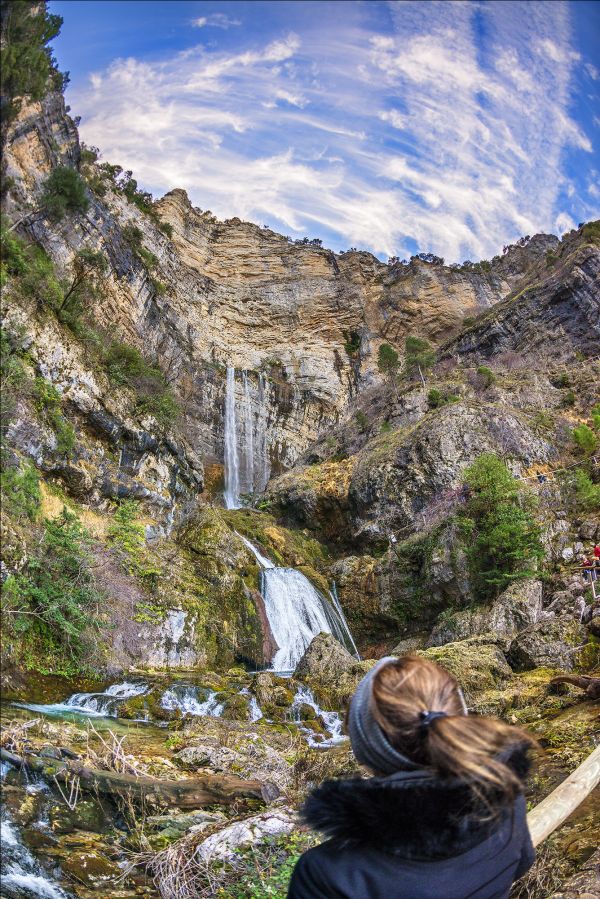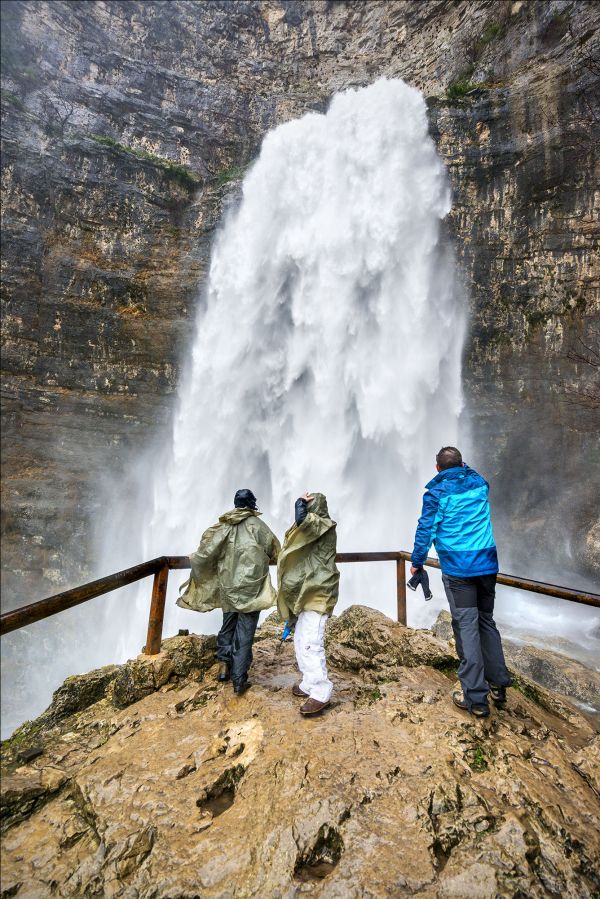Riópar and the source of the Mundo river
Albacete
We are in the heart of one of Spain’s prettiest and most surprising areas, with nature at its finest. We’ll remember the sights we see here forever.
The Calares del Mundo y de la Sima Natural Park covers part of the municipalities of Yeste, Riópar, Molinicos, Villaverde de Guadalimar, Vianos and Cotillas. This is a true paradise. The Park’s flora is one of the most important features: over 1,300 species. The large number of habitats found means this area also extremely important in terms of wildlife. In total, 174 species of vertebrates have been catalogued, of which 156 are included in an international convention on protection.
The Natural Park is structured around five main units: the Calar del Mundo, where the source of the Mundo river is found. The Tus River Valley has a deep, 4 km-long canyon. The Calar de la Sima, in the southern area, culminates in the Mentiras peak, 1,897 metres high. The Sierra del Cujón is to the north-east. Lastly, the Vega river, which marks a vast valley in the northern part of the Park.
The source of the Mundo river and the Chorros cave are the star attractions in our destination. We are in the Calar del Mundo, more specifically in the municipal district of Riópar.
We visit Riópar, or the two Riópars.
The new Riópar is an urban area that, for a long time, was given the name of Fábricas de San Juan de Alcaraz due to the installation, in 1772, of major metal industry: the first zinc and brass factory in Spain and one of the most important in Europe. People travelled down from old Riópar to live next to the factory and therefore, little-by-little, the new population centre was created.
Old Riópar, atop the nearby hill, was steadily abandoned until it became a charming old village that even today is worth a visit. The village lookout points offer the best views of the Segura mountain range.
Visitors must make a stop at the Royal Factories of San Juan de Alcaraz, which, after their closure in 1996 and subsequent renovation in 2001, now showcase over two centuries of history in a museum with an excellent collection of bronze and brass pieces, moulds and machinery from the 19th and 20th centuries.
In its municipal district, Riópar has the only special protection area in the province of Albacete. This area is known as Chorros, and includes the stunning source of the Mundo River.
There are several ways of visiting Chorros.
The entrance to Chorros is around 5 kilometres to the south of the town and, after a 2 kilometre track, we reach the car park. There are services and a nature interpretation centre here. After parking, visitors walk along a comfortable, signposted trail for around 800 metres to the walkways and lookouts over the source.
The source of the river is in a large, rocky outcrop shaped like an amphitheatre; below us, there are some small pools called calderetas. Above, the huge vertical, jagged wall spurts water wildly.
From here, we can walk up to a second, higher lookout (around a 20-minute ascent). Take care, especially with children, as the ground gets slippery and the path is narrow.
Important: access to the car park is regulated, as its capacity is for 100 cars and 6 coaches. If the car park is full, you have to wait in line or go to the “Puerto del Arenal”.
Following the same road we took from Riópar, around 7 km from the town, we find the recreational area “Puerto del Arenal”, where we can also park the car. From here, the journey is around 4 kilometres there and back, well signposted, but consider that it’s steep uphill, with changes in elevation between 1,000 and 1,300 metres.
For keen hikers with time on their hands, this “Puerto del Arenal” trail is signposted all the way to Riópar. This means that you can walk to Los Chorros from the town. It’s a circular track, around 15 km in total, and takes around 4 hours, through pine groves near Riópar to the Roblellano stream valley and to the above-mentioned source of the river. This path also offers access to the Natural Park nature learning centre.
And yes, you can go right to the top, to the Los Chorros cave. But this option is only available to groups guided by accredited tourism companies in the Park and people federated in mountaineering and caving. Authorisation should be requested at least 10 days in advance. You should always remember that this path is very difficult, and is not suitable for people with vertigo and the untrained. The hike is difficult and dangerous, with ramps with an unevenness of up to 60%; a seemingly short section that takes over an hour. The cave with the source of the Mundo river is a real speleology treasure: the eighth largest horizontally in Spain. Over 30 kilometres of galleries have been explored, and estimates calculate the overall size to be double.
What we’ll see up there will take our breath away.
During the rainy season and when it snows, the source of the Mundo river offers an even more impressive visual show: the famous ‘burst’. Pressure explosively surges from the cave, multiplying the flow rate by 100 and flooding the whole area with water.
Either at the beginning of the trip, or at the end, we recommend a stop to visit one of the country’s most beautiful squares, the perfect way to finish the day.
Declared a Historic-Artistic Grouping, the Mayor de Alcaraz square is a Renaissance gem, with clear and exceptional Italian influences. Governed by two annexed towers that seem to touch one another: the church tower and the Tardón tower, both works by the masterful local architect, Andrés de Vandelvira.
Riópar Nature Classroom
On the CM-3204 road, kilometre 3
Telephone number(s): 648224616 / 967558073
Email address: pncalares@jccm.es
May also be of interest to you
Castilla-La Mancha Tourism in 2023. All rights reserved.
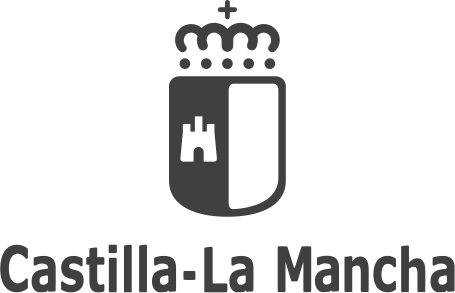
 365
365
